5.4 Cushioning / shock-absorbing elements |
[German version] |
|
The following materials that are relevant for the shipping process will be discussed:
5.4.1 Air bags Air bags consist of closed chambers made from an elastic film and filled with air. When at rest, only the static load generated by the weight of the package contents bears upon the cushioning. When dynamic loads occur, these are absorbed by compression of the cushion. The quantity of inflation air may be varied in accordance with the particular properties and requirements of the package contents. Air bags are commercially available in various sizes and designs, ranging from spheres, standard cushions to corner and edge cushioning and tubular cushioning. 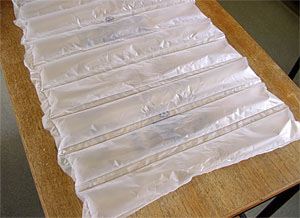
Figure 35: Air bags Advantages of air bags:
Disadvantage of air bags:
5.4.2 Bubble films Bubble films function in essentially the same way as air bags. They consist of two plastic films, one of which is completely flat and the other has small, dish-shaped, round indentations, which, once the two film webs have been heat sealed together, contain the necessary air. Bubble films are mainly used inside packaging containers, for instance film covers, where they are placed over sharp-edged components (see Figure 9, section 4.1). The advantages and disadvantages are largely the same as for air bags. 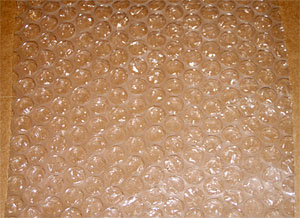
Figure 36: Bubble film 5.4.3 Rubberized fiber cushioning Rubberized fiber cushioning provides high quality protection for demanding items. This cushioning is made from animal hair or coconut fiber, which is cleaned, converted into nonwoven mats, coated with rubber and vulcanized to form solidly bonded sheets. Rubberized fiber cushioning is relatively insensitive to the effects of moisture and high or low temperatures and exhibits very good long-term recovery even on extended exposure to loads. 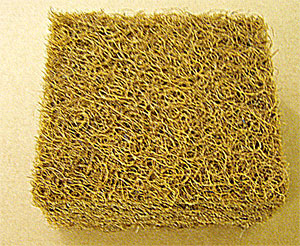
Figure 37: Rubberized fiber cushioning 5.4.4 Foams Foam cushioning materials are manufactured primarily from polystyrene (PS), polyurethane (PU) and polyethylene (PE). Plastic foams are available in flexible, semirigid and rigid forms. Their cushioning characteristics are determined not only by their specific weight but also by their cell structure. Properties of foams:
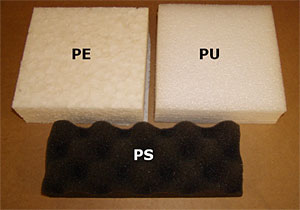
Figure 38: Various foams 5.4.5 Vibration- and shock-absorbing elements Elements such as these are used with machines and plant equipment in consultation with the manufacturer of such packaged items. Calculations are used to match them to the sensitivity of the packaged goods. 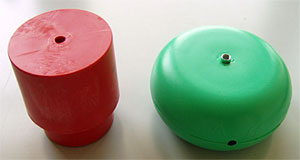
Figure 39: Vibration- and shock-absorbing elements |
